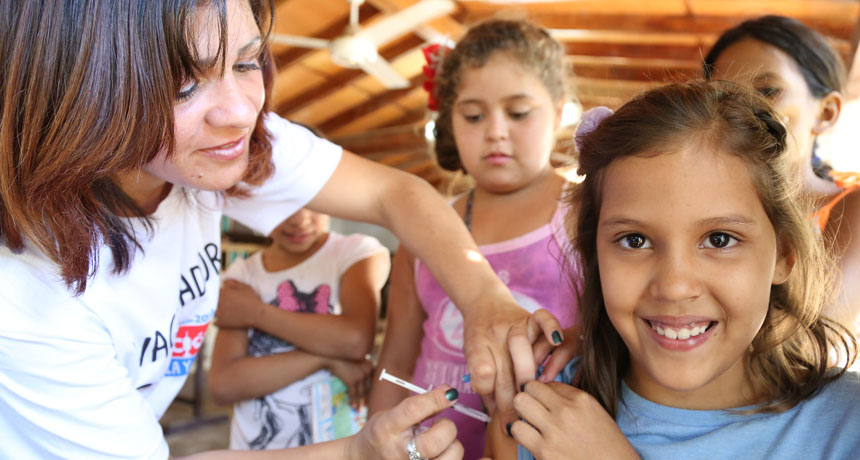Questions for ‘Retractions: Righting the wrongs of science’

Ten years ago, parents began to worry that vaccines, like the one being administered here, weren't safe. A study had linked those shots to autism. The study would later be retracted, but not until many parents withheld important vaccines from their children.
Pan American Health Organization/World Health Organization/Flickr/CC BY-ND 2.0